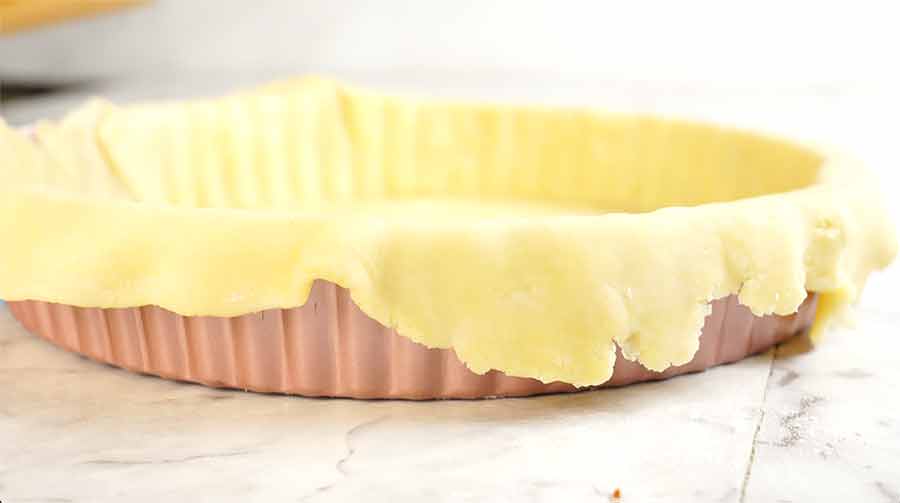I am terrible at baked goods in general, so it is unsurprising that I avoid crust recipes of any kind. I often keep a Pilsbury fridge crust on hand for when I want to make something with a crust. So I was very happy to find this recipe to be very quick to put together, and allowed me to make a quiche on the fly this morning. I am adding the changes I made to it to make it work for me.
INGREDIENTS
INGREDIENTS
- 1 cup flour
- 1⁄2 teaspoon salt
- 1⁄4 cup olive oil or 1/4 cup canola oil (or possibly 1/2-1/2 oil and butter)
- 1⁄4 cup ice water (my fridge door water was cold enough)
DIRECTIONS
- Mix flour and salt with fork. Optionally add some herbs, like dried rosemary, oregano, and/or thyme to the dry ingredients. (Could I add sugar and vanilla for a sweet crust? I think so!)
- Beat oil and water with whisk or fork to emulsify
- Add oil/water into flour and mix with fork.
- Press into 9" pie crust, trying to keep the thickness even as possible.
- Pre-bake/blind bake for 5-7 minutes to crisp up
- Fill with quiche mixture of choice and bake at 400F until done.
While we're here, this is the quiche recipe I made:
INGREDIENTS
- 5 large eggs
- 3⁄4 cup milk or cream
- 3⁄4 teaspoon salt
- 1⁄4 teaspoon black pepper
- 1 cup cooked ham cubes (store-bought cubes for pizza toppings)
- 1 1⁄2 cups shredded cheese divided (I used 1 cup cheddar, 1/2 cup mozarella)
- 3 tablespoons green onions (I used chives from my garden)
DIRECTIONS
- Preheat oven to 400 degrees F.
- Prepare pie crust in a 9" pie plate, crimping the top edges if desired.
- Blind-bake crust for 5 minutes if you would like to
- In a large bowl, whisk together eggs, milk, salt and pepper.
- Sprinkle ham, 1 cup of cheese, and green onions into the pie crust and pour the egg mixture over top. Sprinkle remaining 1/2 cup cheese on top of egg mixture.
- Bake for 35-40 minutes until the center is completely set. Let cool for 5-10 minutes before slicing and serving.












